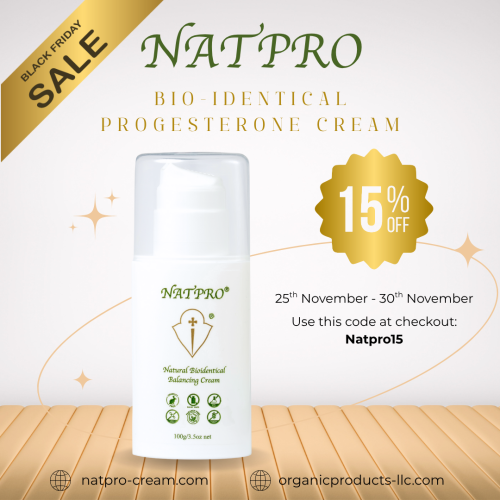Some clarity on artificial progesterone
by Lance
(Spokane)
The status of progesterone made from the Wild Yam has been a bit ambiguous. So, I put this little history of the development and early sources of artificial progesterone.
A history of artificial progesterone
1934 a German research group discovered the process of converting the plant sterol Stigmasterol, chemically similar to animal cholesterol, into progesterone. Plant steroids share the same 4 carbon rings as human steroids.
1938 Russell Marker figured out how to convert steroids from sarsaparilla root into progesterone. This was very expensive and could produce only small quantities of progesterone.
In 1939 Dr. Percy Julian, while working for Glidden Paint, discovered the process to isolate stigmasterol from the soy bean. He was then able to convert the stigmasterol into progesterone en mass.
In 1940 Russell Marker, while working for Park Davis, found a Yam in Mexico that was much richer in steroids than the soy bean. The Yam contains the steroid diosgenin which is converted into progesterone. Using the Mexican Yam, Marker was able to produce larger quantities of progesterone more easily and economically than was previously made from soy.
In 1944 Russell Marker forms a new company called Syntex to make and supply hormones from the Yam.
Through 1950 both Gliddon and Syntex manufactured most of the world’s supply of artificial sex hormones--including progesterone.
Progesterone creams can contain progesterone converted from the steroids contained in the soy bean (stigmasterol) and or the Mexican Yam (diosgenin). Any cream made just from an extract from the Mexican Yam itself, or Yam crèmes, will contain the progesterone precursor diosgenin, but will not contain any actual progesterone, and since the human body does not have the capacity to convert the progesterone steroidal precursor diosgenin into progesterone, there is no benefit from the yam extracts or crèmes.
I hope this clears things up.
Comments for Some clarity on artificial progesterone
|
||
|
||
|
||
|
||
 Are you struggling with irregular cycles, unwanted hair growth, or unexplained fatigue? You’re not alone. Polycystic Ovarian Syndrome (PCOS) affects up to 10% of women of reproductive age—and many mor…
Are you struggling with irregular cycles, unwanted hair growth, or unexplained fatigue? You’re not alone. Polycystic Ovarian Syndrome (PCOS) affects up to 10% of women of reproductive age—and many mor… While progesterone is often discussed in relation to reproductive health, emerging research reveals its remarkable role in supporting brain function and protecting against neurological decline. Proges…
While progesterone is often discussed in relation to reproductive health, emerging research reveals its remarkable role in supporting brain function and protecting against neurological decline. Proges… Incase you missed it!
Today is the last day for you to claim 15% off our Natpro 100ml Dispensers. The sale ends at midnight tonight.
How to Claim Your 15% Discount:
•Shop at
Incase you missed it!
Today is the last day for you to claim 15% off our Natpro 100ml Dispensers. The sale ends at midnight tonight.
How to Claim Your 15% Discount:
•Shop at  To all our valued customers, We’ve heard your requests for more flexibility with payment options and clearer access to usage and dosage instructions, and so we’re delighted to announce the launch of o…
To all our valued customers, We’ve heard your requests for more flexibility with payment options and clearer access to usage and dosage instructions, and so we’re delighted to announce the launch of o…